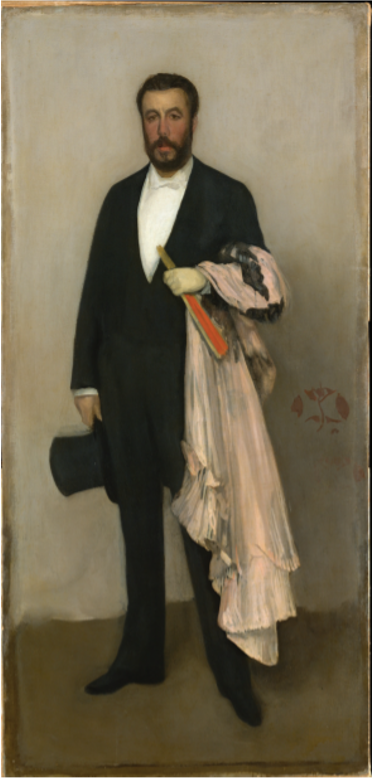Chapter One: What is Art? Quiz
Question 1
Which of the answers below best indicates what was represented in the cave paintings that were studied in class?
Outlines of human hands, cattle with long horns, and horses
View Feedback
The majority of images found in caves were animals, outlines of hands, human figures, bows and arrows, spoked wheels, or parallel lines.
Question 2
The red seals, or stamps, on Qian Xuan’s pen and ink painting Pear Blossoms refers to which of the following?

The identification of scholars and collectors who owned the work over time
View Feedback
The red seals were from the artist, scholars, and collectors of the work. Adding these continued to add to the composition for years after the artist completed it.
Question 3
Artworks can be a process of Catharsis a way of bringing hidden emotions to the surface so they can be recognized and understood more clearly.
Question 4
Clive Bell’s definition of art as significant form or the “quality that brings us aesthetic pleasure” was impossible to measure or reliably define.
True
View Feedback
Aesthetic pleasure is difficult to measure cause it only exists in the eye of the viewer, not in the object.
Question 5
The term trompe l’oeil refers to a manner of painting that
tricks the eye so that the viewer believes the painted object is the actual object
View Feedback
painting *A Bachelor's Drawer* is an example of *trompe l'oeil*.
Question 6
What role did the murals of Leonardo (The Last Supper) and Michelangelo (Sistine Chapel ceiling) play for the many Christian people of the day.
As communal needs
View Feedback
The murals of Leonardo and Michelangelo played a role in educating the illiterate about religious history and doctrines
Question 7
Which term below applies to the person with talent and skills, as well as desire and ability, to conceptualize and make a creative work.
Artist
View Feedback
Person who has talent and skills to conceptualize and make a creative work of art
Question 8
In order to create an imposing image of a victorious warrior the artist Andrea del Verrocchio represented his subject
sitting on horseback and on a tall pedestal
View Feedback
This position shows Colleoni as a bold victorious warrior
Question 9
Leo Tolstoy defined art as a communication of feeling.
Question 10

James Abbot McNeill Whistler was making references back to the makers’ mark Chinese and Japanese potters used with his monogram on his work.